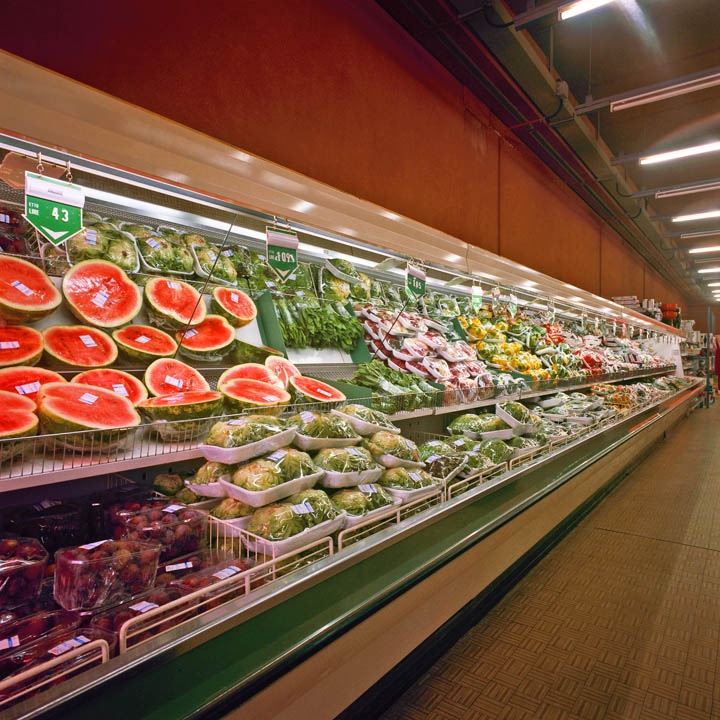May 13, 2011

The U.S. produce industry has “a moral and legal responsibility” to do what’s right for consumers, says a long-time leader in the food industry and a survivor of numerous product recalls during his career.
Gale Prince, President of SAGE, a food safety consulting firm, uses his decades of experience with Kroger and other companies to help prevent or limit damage from food product contamination. He was keynote speaker at the recent Texas Food Safety Conference in Austin.
Prince says the produce industry has been placed under a magnifying glass following numerous product recalls over the past few years. “We saw a 400 percent increase in recalls from 2007 to 2010,” he says.
Reasons for the increase include changes in consumer preferences, which now include combining different leafy vegetables in packaged salad products. Also, detection is much more accurate and contaminants may be identified down to “parts per trillion,” Prince says.
“Things that have never been a problem before are now.” Salmonella and allergen identifications have increased. “In 2010, 72 percent (of contamination issues) were related to Salmonella. Allergen incidents have tripled.”
He says 94 percent of produce recalls involve microbiological contaminants with more than 60 percent of those identified as Salmonella. “In the ‘60s, when I started my career, we found Salmonella in eggs. Now it’s common in many products.”
He says imports are a prime source of food contamination, particularly from produce, seeds and spices, among other products. Contaminated cantaloupe in mixed fruit is a common problem as is contamination in lettuce, sprouts and sliced apples.
Friday afternoon is the most likely time for a recall to be initiated, Prince says. “Friday is the busiest day in a supermarket. And it’s often difficult to get in touch with the people you need to talk to on Friday afternoon (following a recall notice). Most recalls occur after 2 p.m.”
Prince says a company must be prepared to deal with recalls on weekends. “Make certain the company’s recall manual is current. All the programs I review need work. Times are changing.”
He says a recall may necessitate a company CEO getting in touch with his lawyer, a micro-biologist or other specialist on short notice. The contact list should be handy and current. He says the protocol also should include a draft news release and customer information.
“It’s essential to notify customers who received the recalled product and also the ones who did not,” he says. “Maintain a list of all products and combinations along with a master list of all lot coding systems. Define the lot coding system and establish parameters to fit desired economic exposure.”
He says companies should test those parameters to make certain they will be sufficient. “Conduct traceability exercises,” he says.
Recalls damaging for all
Reasons for recalls include non-compliance with a company’s own standard operating procedures as well as with good agricultural practices. Failure to maintain food manufacturing facilities and equipment also leads to recalled products.
Other issues include weakness in Hazard Analysis and Critical Control Points (HACCP), knowledge of the product and knowledge of the supply chain.
Contaminants run the gamut of items folks don’t want to see in their food. FDA citations from January, 2009, through September, 2010, included pests in food areas, sanitation problems in food preparation areas, faulty facility and equipment maintenance and cleaning and sanitation failures.
“Management must be committed to food safety,” Prince says. “You cannot delegate your responsibility to regulatory and customs inspections.”
He says recalls are extremely costly. Recent recalls cost companies from around $50 million to more than $100 million. “That does not include litigation, restoring the business, lost profit, lost jobs and damage to the brand,” he says.
Recent polls indicate some consumers will not buy certain products following a recall. Some will not buy the recalled product from the company that recalled it and some say they will never buy any product from that company again.
To avoid economic losses, produce companies must change with a changing demand and needs of consumers. Consumers want different products and many customers are older and more subject to illness, Prince says. Food borne illnesses are dangerous. Around 45 percent of Salmonella cases are hospitalized. For Listeria, hospitalization rate is above 90 percent with a 25 percent fatality rate.
DNA technology also makes identification of specific contaminants more reliable. “We can identify what part of the country a contaminant came from,” Prince says. With that information, investigators may track the product to its origin.
Better identification, he says, will help prevent outbreaks or at least minimize severity. Recalls now occur on the back side of the contamination peak. Better testing may move recalls to the front side and prevent illnesses.
“Now, little problems can be identified,” he says.
The key for produce companies and producers is “back to basics,” Prince says. “Follow good agricultural practices and good manufacturing practices. Know the product and processes and maintain facilities and equipment.
“Don’t take food safety for granted,” he says. “We can’t tolerate complacency in food safety.”
You May Also Like




